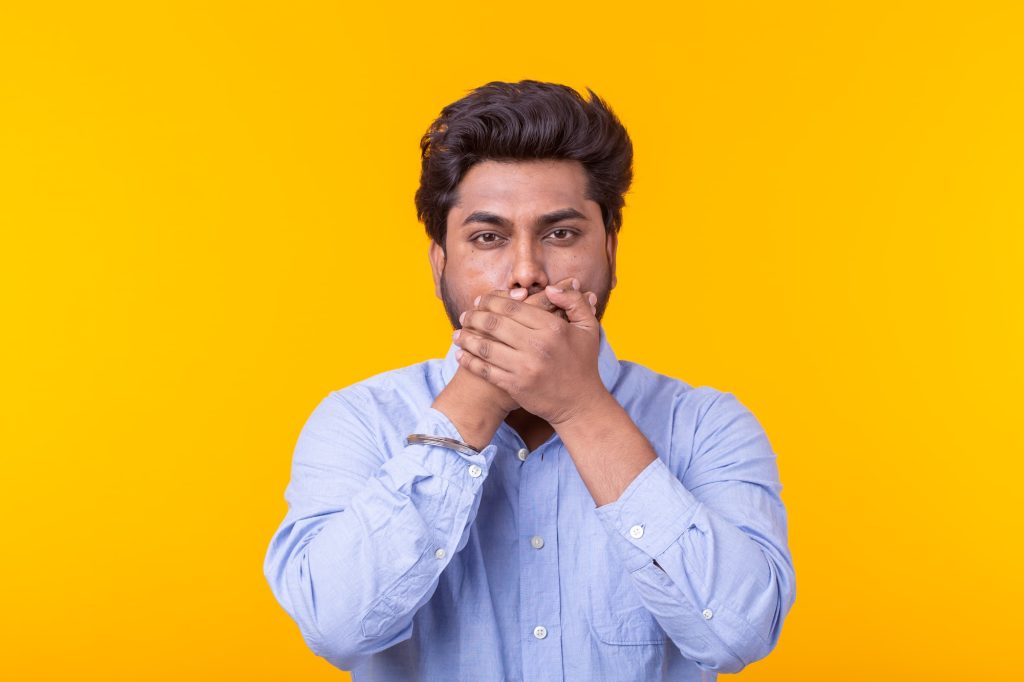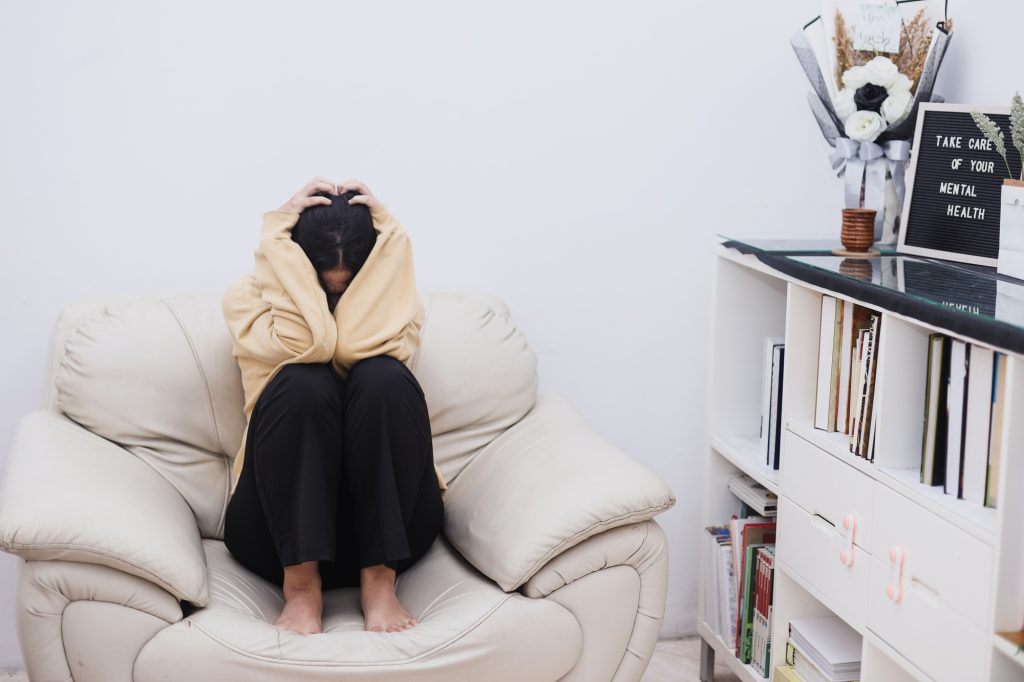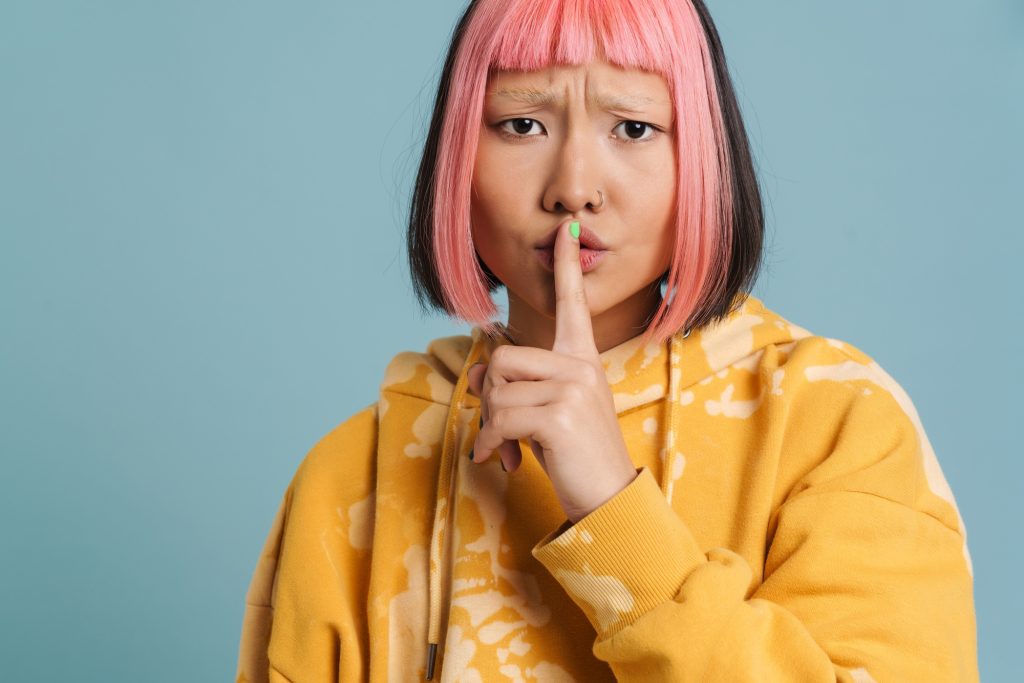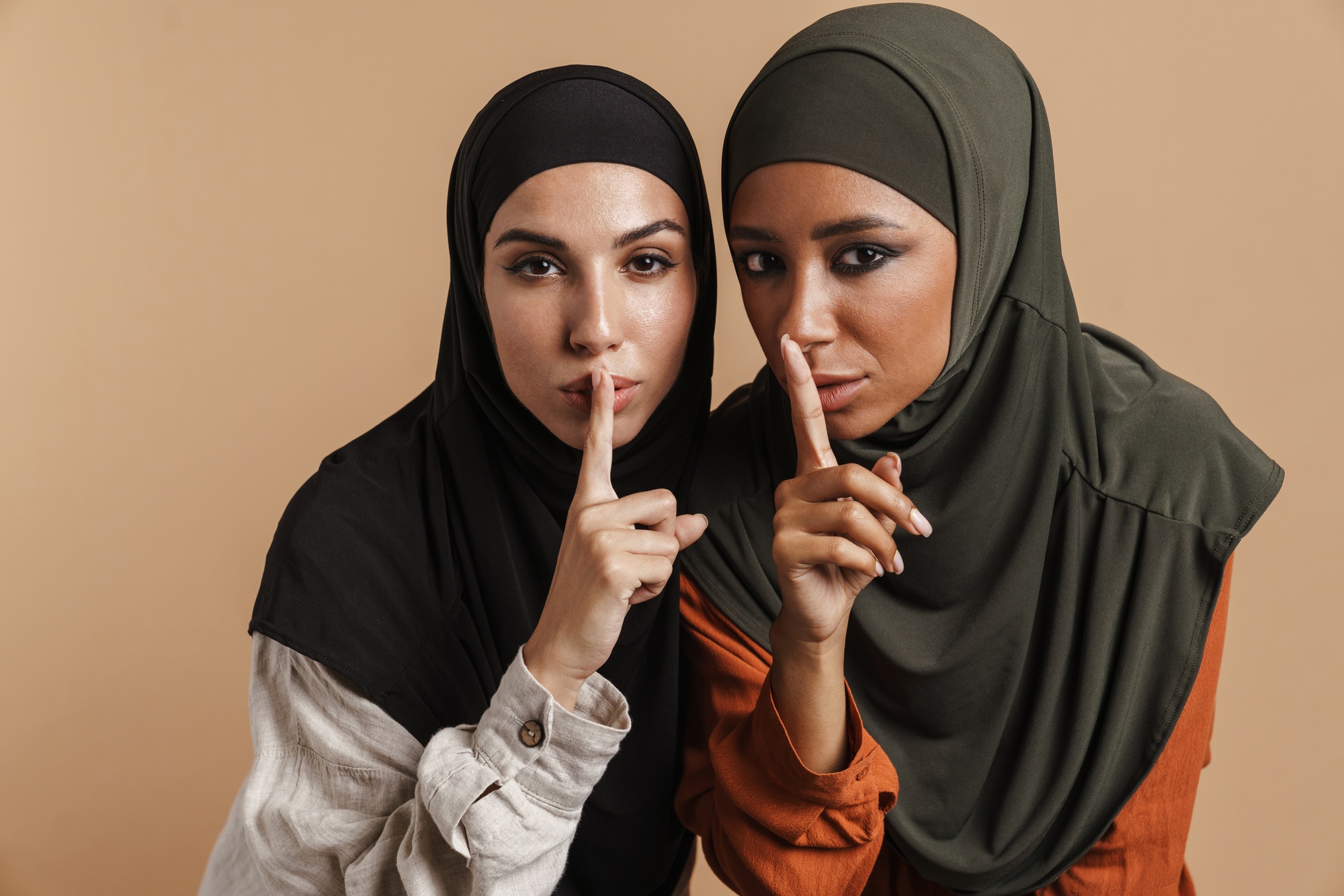In many communities, silence is a form of survival. It’s taught — sometimes explicitly, often through unspoken expectations. Keep the family’s reputation intact. Don’t question authority. Don’t air your pain. For young people growing up between cultures, across borders or inside systems that don’t see them, silence can feel like the only safe option.
But that silence has a cost.
When abuse occurs in institutional settings like detention centers, foster homes or state-run schools, the damage often goes unseen for years. Not just because of fear or shame, but because marginalized youth are conditioned to believe their voices won’t be heard. And in many cases, they’re right.

Silence Is Taught Early
For many marginalized youth, silence isn’t just about keeping a secret. It’s a learned response to the risks of being honest. In households shaped by immigration, intergenerational trauma, or deep-rooted cultural traditions, speaking up about pain is often discouraged. Shame, loyalty and protection of family identity all play a role. Telling the truth can mean betraying your loved ones or violating the cultural values you’ve been raised to respect.
Children raised between cultures often absorb conflicting messages about authority and obedience. In some families, reporting mistreatment is seen as disrespect. In others, there’s a fear — often warranted — that drawing attention from outside institutions could result in backlash, legal trouble or deportation.
These complexities are rarely recognized by the systems tasked with protecting children. As a result, youth from cross-cultural or underrepresented backgrounds face additional barriers to speaking out — especially when the harm is coming from the very people or institutions meant to keep them safe.

When Institutions Exploit the Silence
Silence doesn’t exist in a vacuum. It’s often reinforced by systems that depend on it. In institutional settings like juvenile detention centers, youth shelters and residential facilities, the power imbalance is stark. Young people, especially those from racially or culturally marginalized backgrounds, may already feel invisible. When abuse occurs behind closed doors, reporting it can seem pointless — or dangerous.
The Bay Pines juvenile abuse case in Michigan, U.S.A. highlighted the consequences of institutional silence. Multiple reports detailed years of sexual abuse and mistreatment, with survivors describing a culture where complaints were ignored, punished or buried. Many of those detained at Bay Pines came from communities with deep-rooted mistrust of law enforcement and state intervention, which made it even harder to speak out.
And Bay Pines is far from the only example. From Florida’s Dozier School for Boys to California’s youth correctional facilities, institutions have a long history of exploiting silence — especially when the victims are children of color, immigrants or from economically disenfranchised families.

The Emotional Toll of Being Unheard
The consequences of silence often linger far beyond the abuse itself. For many survivors, the deeper wound is the belief that their suffering didn’t matter — that their voice was never welcome in the first place.
When trauma goes unacknowledged, young people begin to question their own experiences. The longer they’re ignored or dismissed, the more likely they are to internalize shame, mistrust and emotional isolation. These patterns are especially harmful for youth who already face cultural barriers to being believed or supported.
According to research from the National Child Traumatic Stress Network, trauma within juvenile institutions can intensify emotional withdrawal and long-term psychological distress — particularly when culturally responsive care is absent. Without validation or safety, trauma doesn’t subside. It deepens.
For marginalized youth, these environments often reflect a pattern of systemic neglect. If adults minimize their pain or ignore their cultural context, speaking up starts to feel not only futile but dangerous.

When Culture Reinforces Silence
Cultural values can offer identity and strength, but they can also create powerful incentives to stay quiet. In many immigrant and diasporic families, there’s a strong emphasis on privacy and emotional resilience. That mindset is often shaped by history — by experiences with colonization, institutional betrayal or generational fear of state power.
For youth raised in cross-cultural households, the pressure to remain silent can be intense. Reporting abuse might be seen as disloyalty, weakness or a threat to the family’s stability. Even discussing personal pain can violate spoken or unspoken rules about what’s appropriate to share.
Religious teachings, gender roles and community expectations can deepen this silence. Girls may be taught that modesty means withholding. Boys may be told that real strength means suppressing emotion. When the source of harm is an institution, those cultural dynamics often intensify the fear of speaking out.
But cultural frameworks can also provide tools for healing. Storytelling, language and ancestral knowledge can serve as pathways back to identity, safety and expression — if there’s space to access them without judgment.

When the Silence Breaks
When survivors do speak, it’s rarely without consequence. Sharing their story can shift how family, friends and community see them. Sometimes, it brings support. Other times, it brings disbelief, blame or estrangement.
Even so, for many, that moment of breaking the silence is the beginning of something else — ownership, clarity or even healing. Whether it happens through legal action, conversation or reflection, speaking up can offer relief from isolation.
But healing requires more than just expression. It requires being heard. For culturally diverse youth, support systems must understand the full context of their lives. Emotional well-being depends on environments that honor cultural diversity in childhood development, not ones that erase or overlook it.
What’s needed isn’t more pressure to speak, but spaces where truth is met with safety — where culture becomes a source of support, not silence, and where families, communities and institutions are willing to listen with care rather than suspicion.

Conclusion
Silence isn’t just the absence of words. It’s the weight of history, fear and expectation pressing down on voices that were never supposed to be heard. For marginalized youth, that silence is generational. It’s inherited and reinforced — by culture, by systems, by the people around them.
Breaking that silence takes more than bravery. It takes support. It takes communities willing to examine their discomfort. Institutions willing to be accountable. And safe spaces that recognize cultural identity not as a complication, but as a source of strength. Because when young people are truly heard, they don’t just survive. They begin to heal.
















